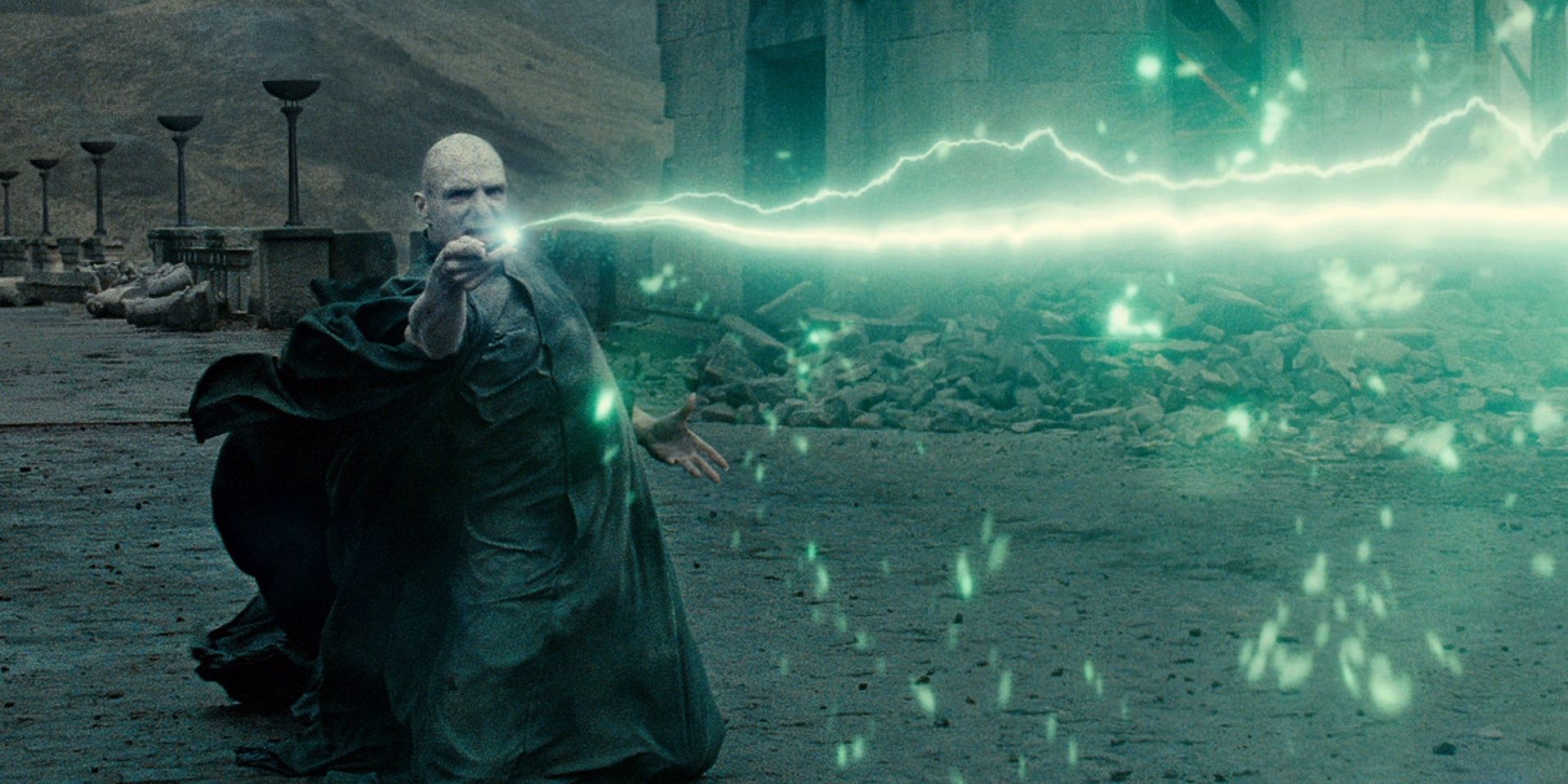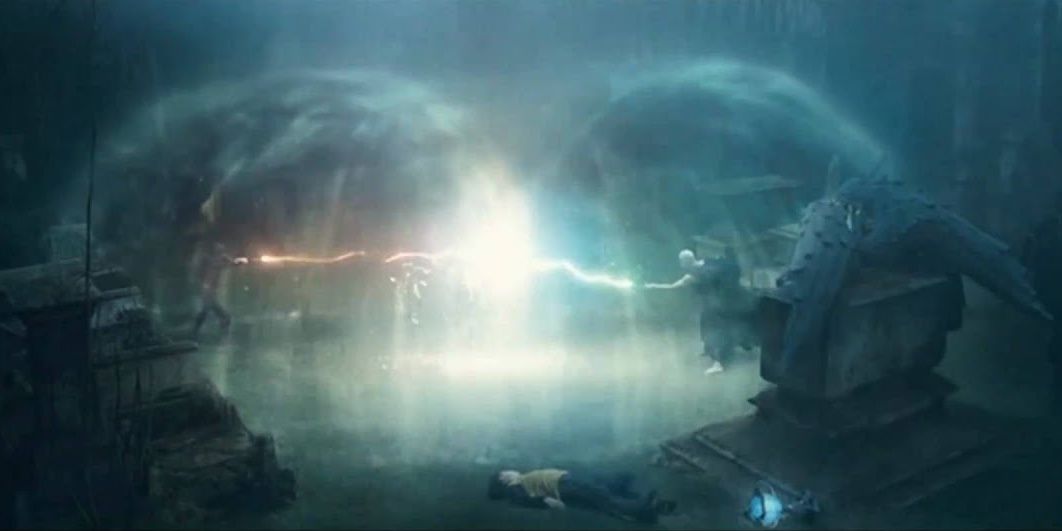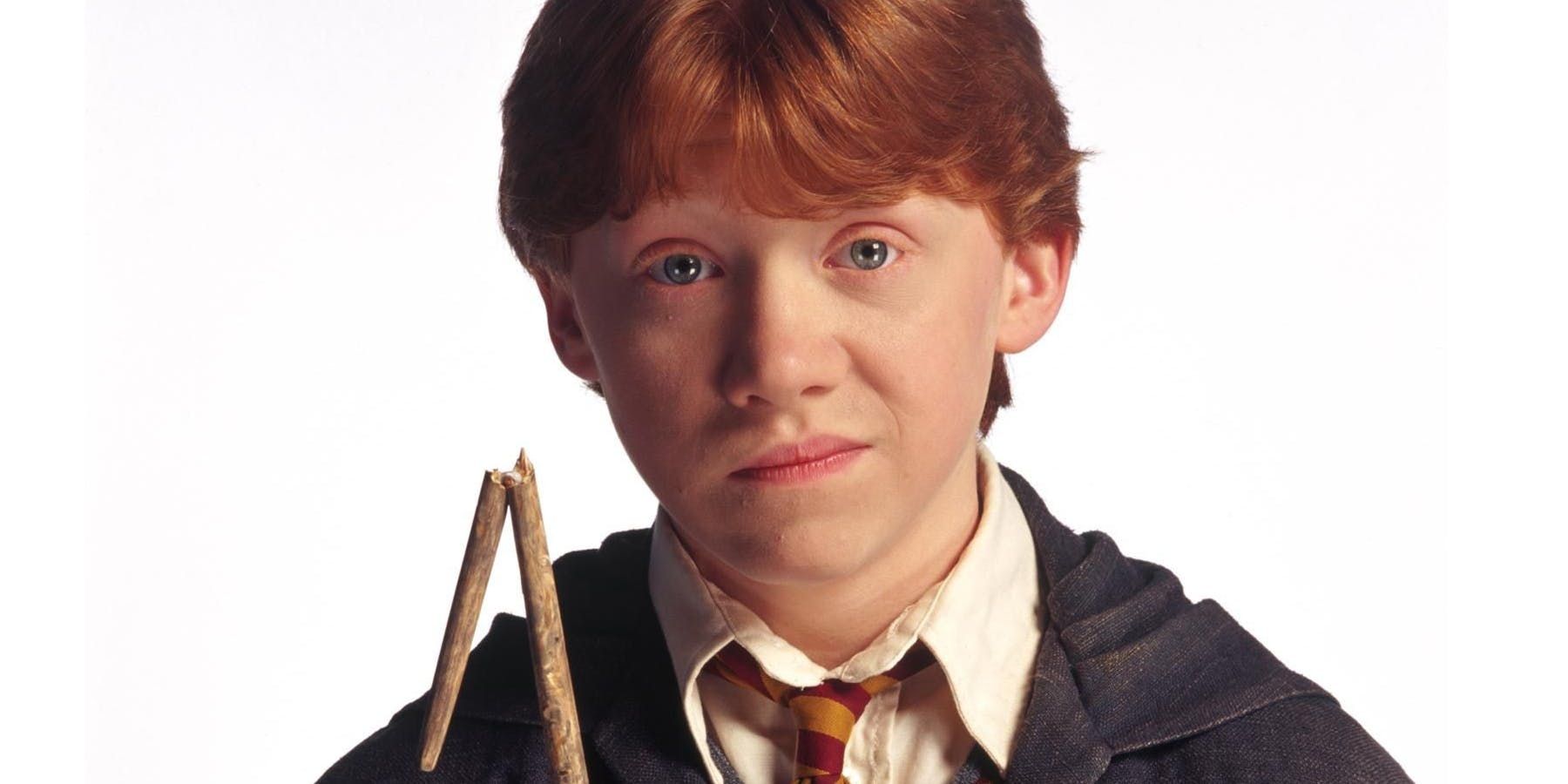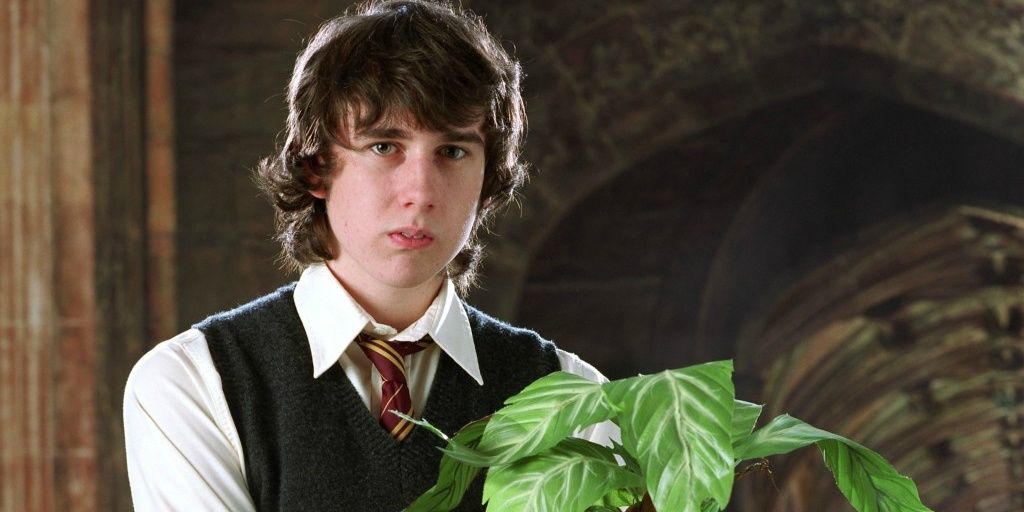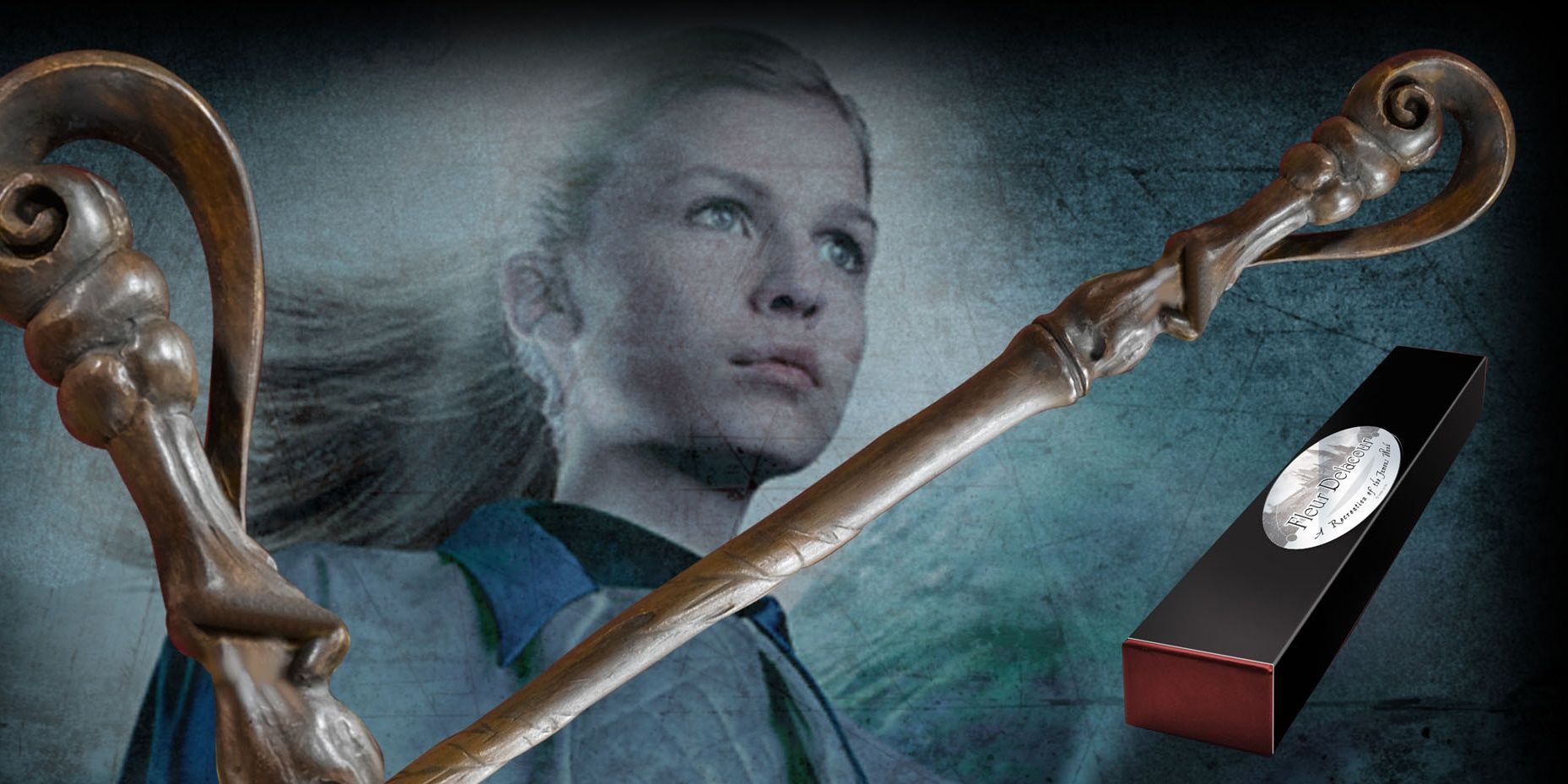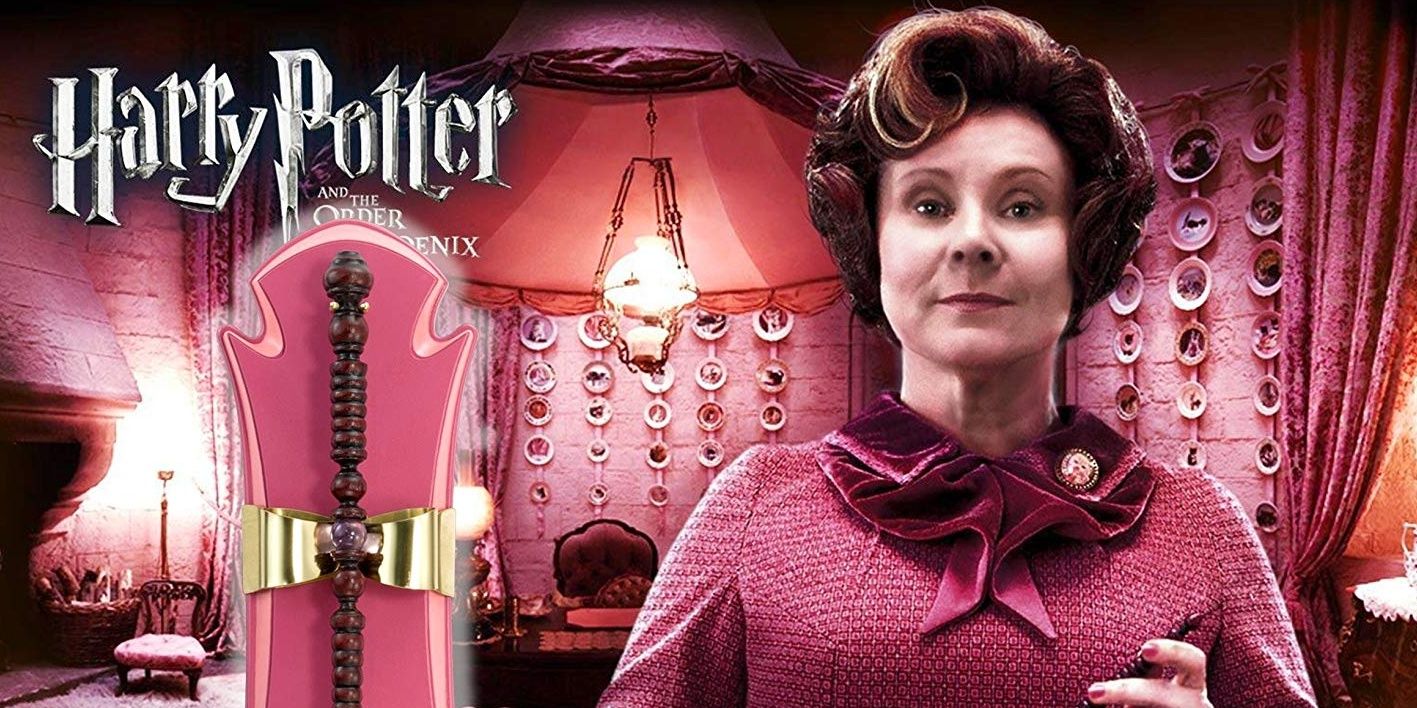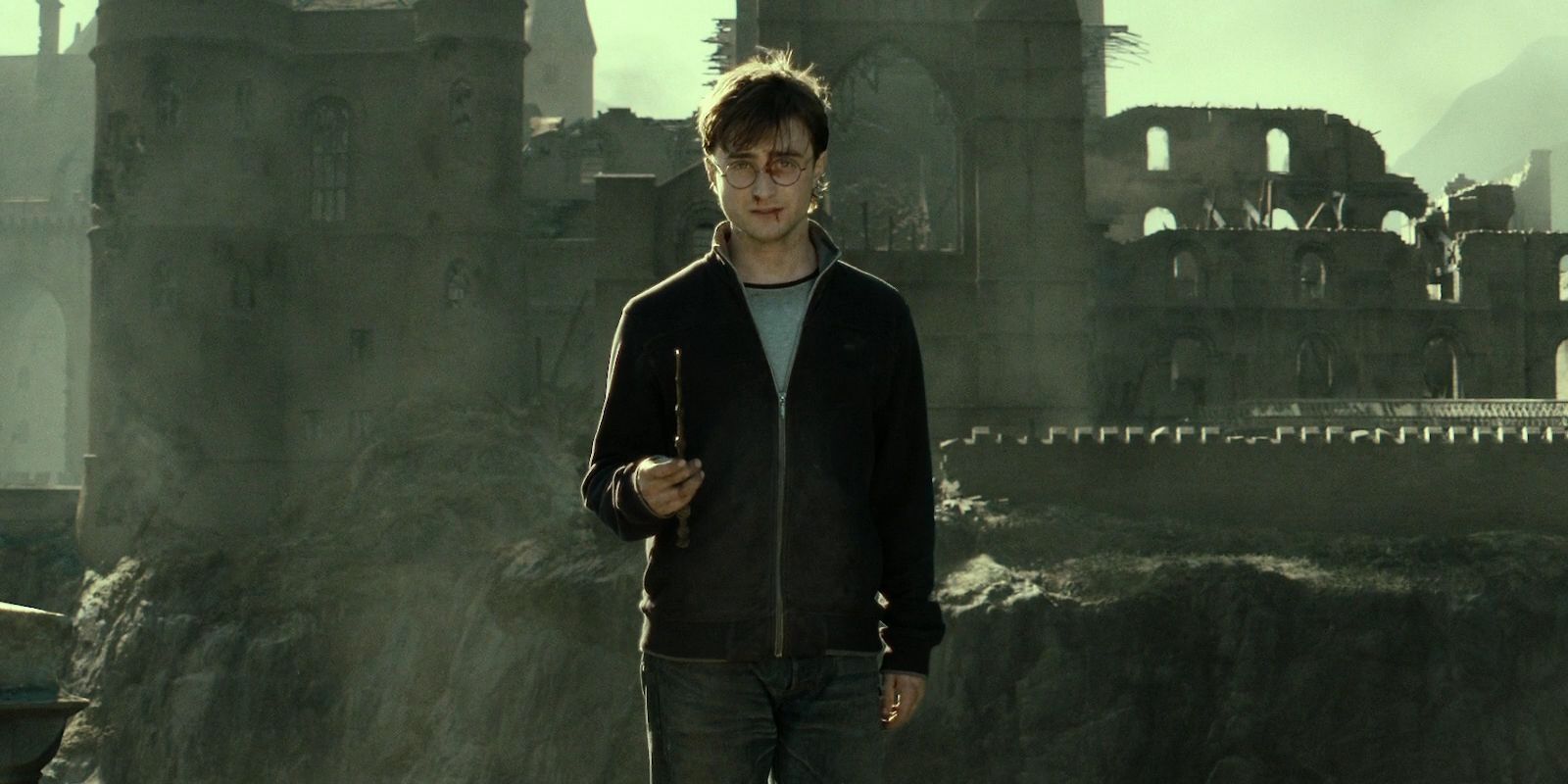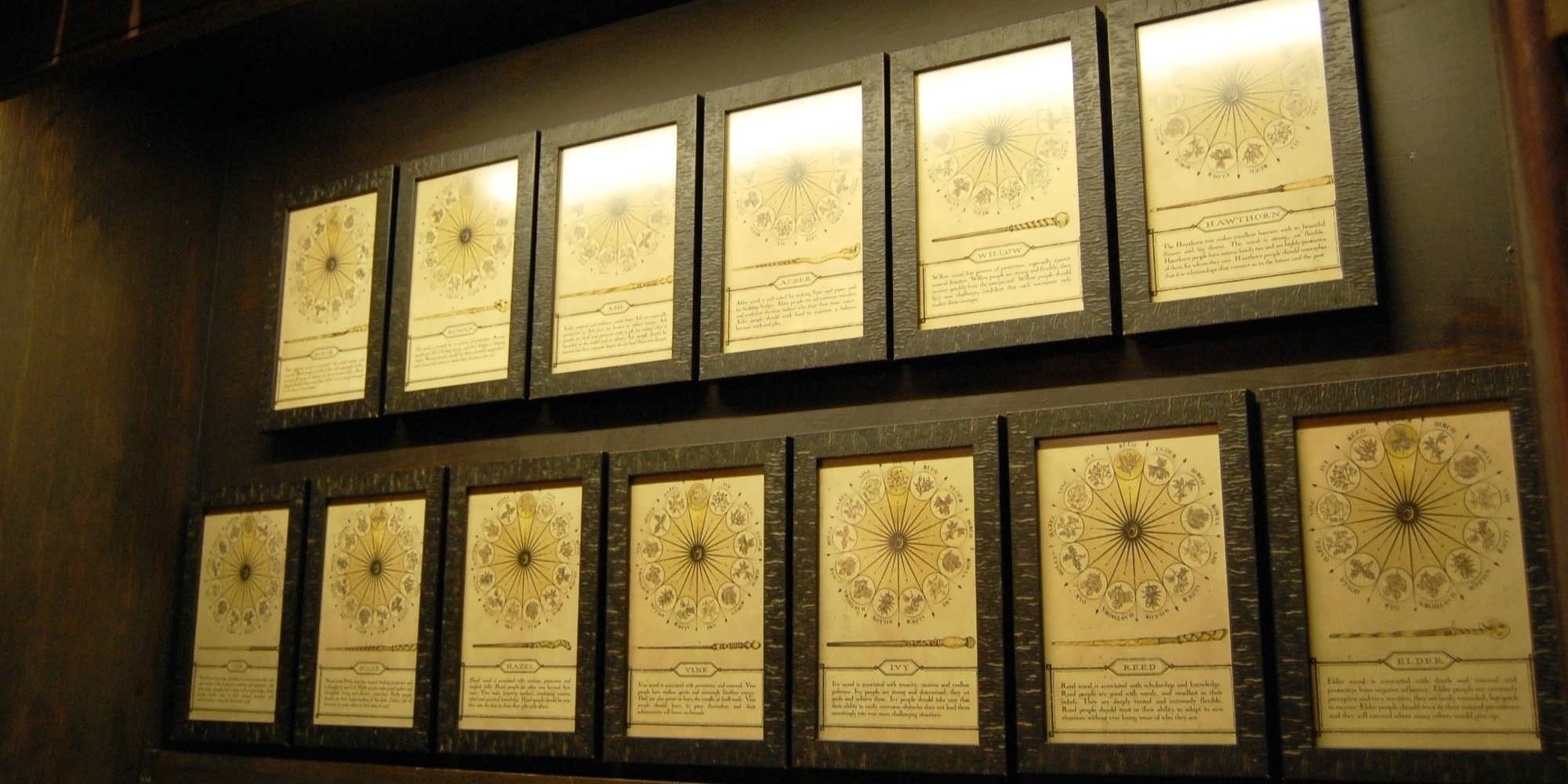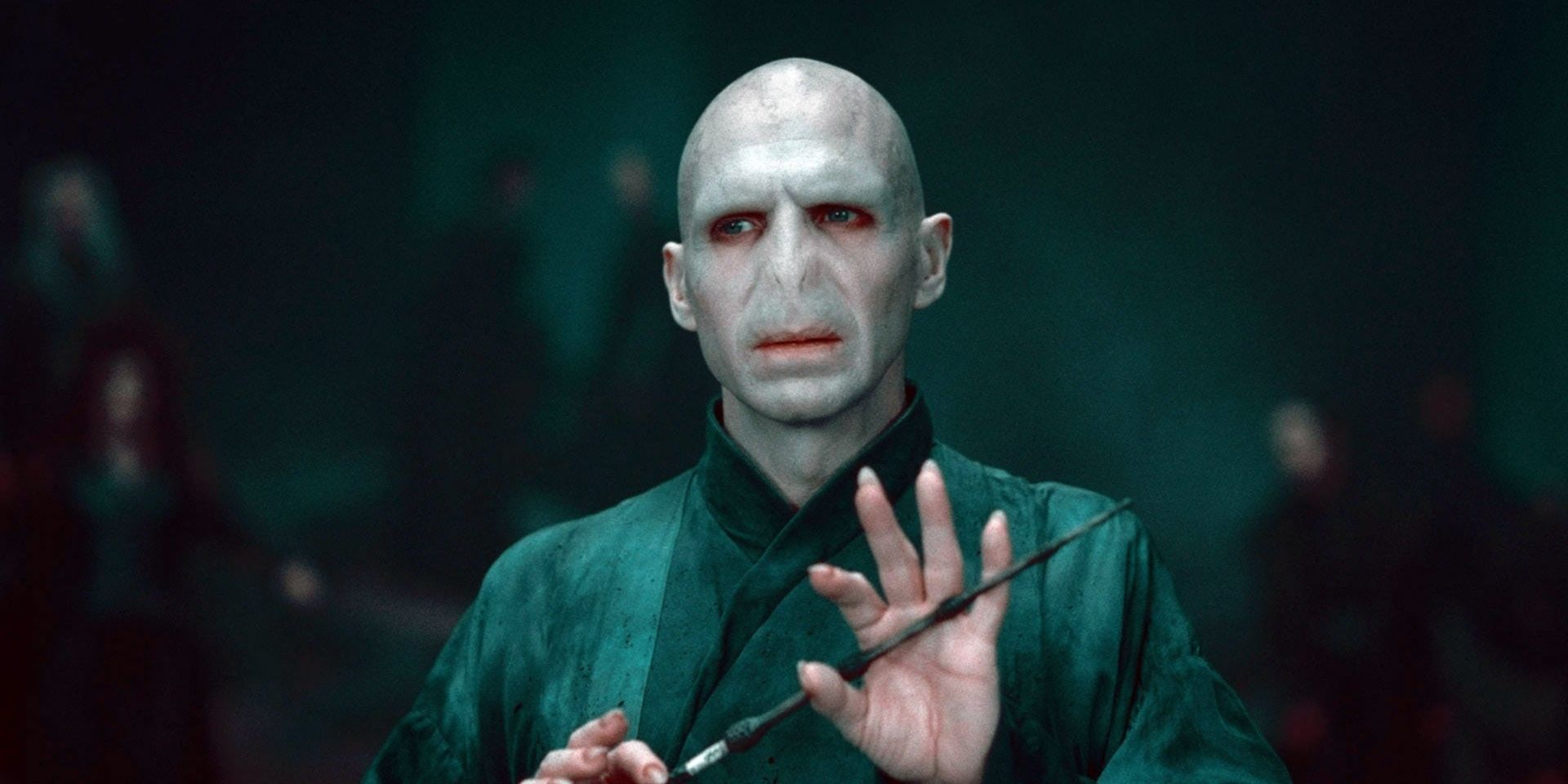Even Harry Potter wasn’t immune to cutting book content to fit movie length. For the most part, small lore details were cut. Not including them didn’t hinder how the movie carried out the overall plot, but those details enhance the experience.
We’ll draw from the books as much as possible, but (canon) information from Pottermore makes explaining some of the less concrete concepts easier. Like wand rigidity and wand laws. Yes, there are wand laws. Here are 10 Harry Potter wand facts that aren’t in the movies.
10. Priori Incantatem vs Prior Incantato
To clear it up, Priori Incantatem is the Reverse Spell effect whereas Prior Incantato is the spell itself. Priori Incantatem an uncommon occurrence that essentially does the same thing as the spell. In Harry Potter and the Goblet of Fire, we saw the effect for the first time between Harry’s wand and Voldemort’s. Since the last spell Voldemort used was the Killing Curse (Avada Kedavra), when the wands dueled, it revealed not only the curse, but the people killed by Voldemort’s wand.
Basically, the main takeaway is anyone can perform Prior Incantato, as Bellatrix Lestrange does to Hermione Granger’s wand at Malfoy Mansion. But Priori Incantatem is an involuntary occurrence and only a select few wands are capable of triggering it.
9. Ron’s First Wand
The movies never state it outright, but the wand Ron uses in the first two movies isn’t actually his wand. The Weasleys, despite being one of the last pureblood families in existence, are poor. After only seeing Harry be paired with a wand, we’re just supposed to assume that somehow, Ron and Hermione were also paired by Ollivander. But that’s not the case for Ron until the third book.
During the first two installments, Ron uses Charlie’s old wand. Now there’s a lot of problems with this, but the main one is that the wand didn’t choose Ron and it was never willing to have a new owner, to begin with. Due to the combination of wood and core, Charlie’s wand was unyielding, like Belatrix Lestrange’s.
8. Neville’s First Wand
Unbeknownst to exclusively movie fans, Neville was in a similar situation as Ron. Except Neville’s wand didn’t hate him. Neville inherited his first wand from his father, Frank Longbottom, once he became of age to practice magic. While we don’t know the make of the wand at all, we can assume it was a powerful wood and core pairing given what Frank and Neville were able to do with it.
After a Death Eater (Antonin Dolohov) broke it in the Battle of the Department of Mysteries, Neville got a new one from Ollivander. His second - and current - wand is 13”, cherry wood, with a unicorn hair core. This is the wand that actually has a physical collectible. The first one remains a mystery.
7. Other Wand Cores
The movies only touch on Ollivander’s preferred wand cores: phoenix feather, dragon heartstring, and unicorn hair. Admittedly, those three are the only ones super necessary to the plot, given that Harry and Voldemort’s wands are considered “brothers” since their phoenix feather cores were provided by the same phoenix.
But these are just cores that Ollivander prefers, based on his research and experimentation with cores that produce the best wands. One of the most notable examples of another wand core is Fleur Delacour’s. It’s not included in the movie adaptation, but in Harry Potter and the Goblet of Fire, Fleur’s wand is confirmed to have a Veela hair core and that the hair belonged to Fleur’s grandmother. Other examples include Salazar Slytherin’s Basilisk horn wand and the Thestral hair core of the Elder Wand.
6. The Longest Wand
This is more for character symbolism, but the wizard with the longest wand is Rubeus Hagrid. Its first appearance is in chapter 5 of Harry Potter and the Philosopher’s Stone, “Diagon Alley.” Like most Hogwarts students, Hagrid’s wand was created by Ollivander.
Hagrid’s wand clocks in at 16”, though if it’s a symbolism thing or more literally, a wand for a giant, we’ll never really know. Or if the remains of the wand were at least partially mended and concealed in the pink umbrella.
5. The Shortest Wand
No surprises here. Dolores Umbridge possesses the shortest wand in the Harry Potter franchise. Possibly the most hated character in all of Harry Potter history, the shortness of her wand connects more to her personality rather than her physical stature.
It’s said that wands 8” or shorter choose those lacking in personality. What that means is up to interpretation, but it probably has something to do with Umbridge being, well, Umbridge and lacking in meaningful relationships with any other characters.
4. The Subtle Laws of Wands
As much as the wand chooses the wizard, its loyalty may not always be rock solid. In comes the Subtle Laws of wands. This covers wands that have been conquered, inherited, borrowed, etc., and how a change of allegiance may occur.
The easiest way to gain ownership of a wand is to just get a new one from a wandmaker. It doesn’t guarantee truly mastering the wand, but it does mean that any spells cast will actually work. You can win a wand and its allegiance might shift, but that’s a huge maybe. Malfoy’s wand swapped allegiances to Harry, but Bellatrix’s wand was described as “unyielding.” And even then, the wand may work for the new wielder, but it may not be completely mastered by the new owner. Basically, good luck trying to master any wand, no matter how it’s obtained.
3. Wand Woods
Though Rowling uses a large variety of wand woods, most can actually be grouped into similar wood families. The 13 wand woods can be found at the Wizarding World of Harry Potter as the Ollivander’s Originals. Each type of wood actually corresponds to a time of year, based on the Celtic tree calendar. That was kind of a happy accident with Harry, but Rowling intentionally gave Hermione and Ron the woods associated with their birthdays too.
Descriptions for each wand wood were published after the books, and the traits of each match their most prominent wielder. For example, holly wands choose those involved in dangerous, spiritual quests. Sound familiar?
2. The Elder Wand’s Fate
We’re going to solve this explanation once and for all. The end of The Deathly Hallows Part 2, Harry breaks the Elder Wand and throws it into that chasm right on the edge of the Hogwarts grounds. That’s not how it happened in the books.
Dumbledore’s ultimate plan wasn’t necessarily to give Harry a choice of what to do with the Elder Wand, but have the transfer of power end and therefore, destroy everything the Elder Wand was. After repairing his original wand, Harry returned the wand to Dumbledore’s tomb and, upon dying a natural death, would end the wand’s power.
1. The Elder Wand’s Loyalty
This is the number one concept the movies got wrong because of how it affects the final battle. Harry ultimately defeats Voldemort, but instead of that nicely bookended spell backfire caused by the most basic dueling spell, Voldemort...dissolving into nothing? How is that cooler than a spell rebound? So it’s super unclear in the movie and we’re under the impression that because Neville killed the last horcrux (AKA Nagini), Voldemort finally died. And then that launched the whole “Neville is actually the Chosen One because he killed the snake” debate.
But if you actually read The Deathly Hallows, you’d know that Harry not only is the rightful Chosen One, but because the Elder Wand’s loyalty belonged to Harry, it could not kill its true owner. So the spell Voldemort tried to cast rebounded, and that spell just so happened to be the Killing Curse.

